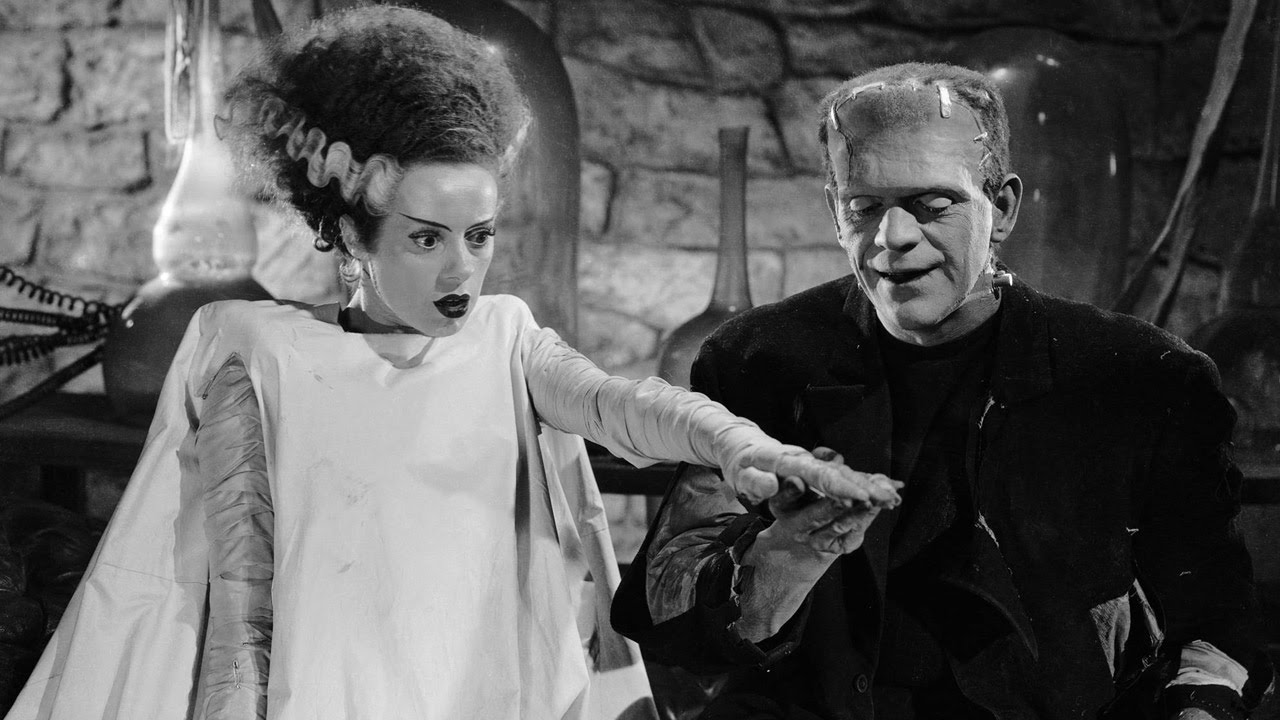It is infuriatingly difficult to write about a film you love. I love Bride of Frankenstein.
Trying to locate the source of this affection — to contextualize it in ways that might be interesting and don’t amount to gushing, “Hey, you know what is great? Bride of Frankenstein. It’s really great. Have you seen it? Bride of Frankenstein? Man, it’s awesome. Do you want to watch Bride of Frankenstein right now, actually? It’s so good,” like a teenager who just bought Bride of Frankenstein, and also cocaine — is difficult. I want to do it justice, but I also just kind of want to give you a copy.
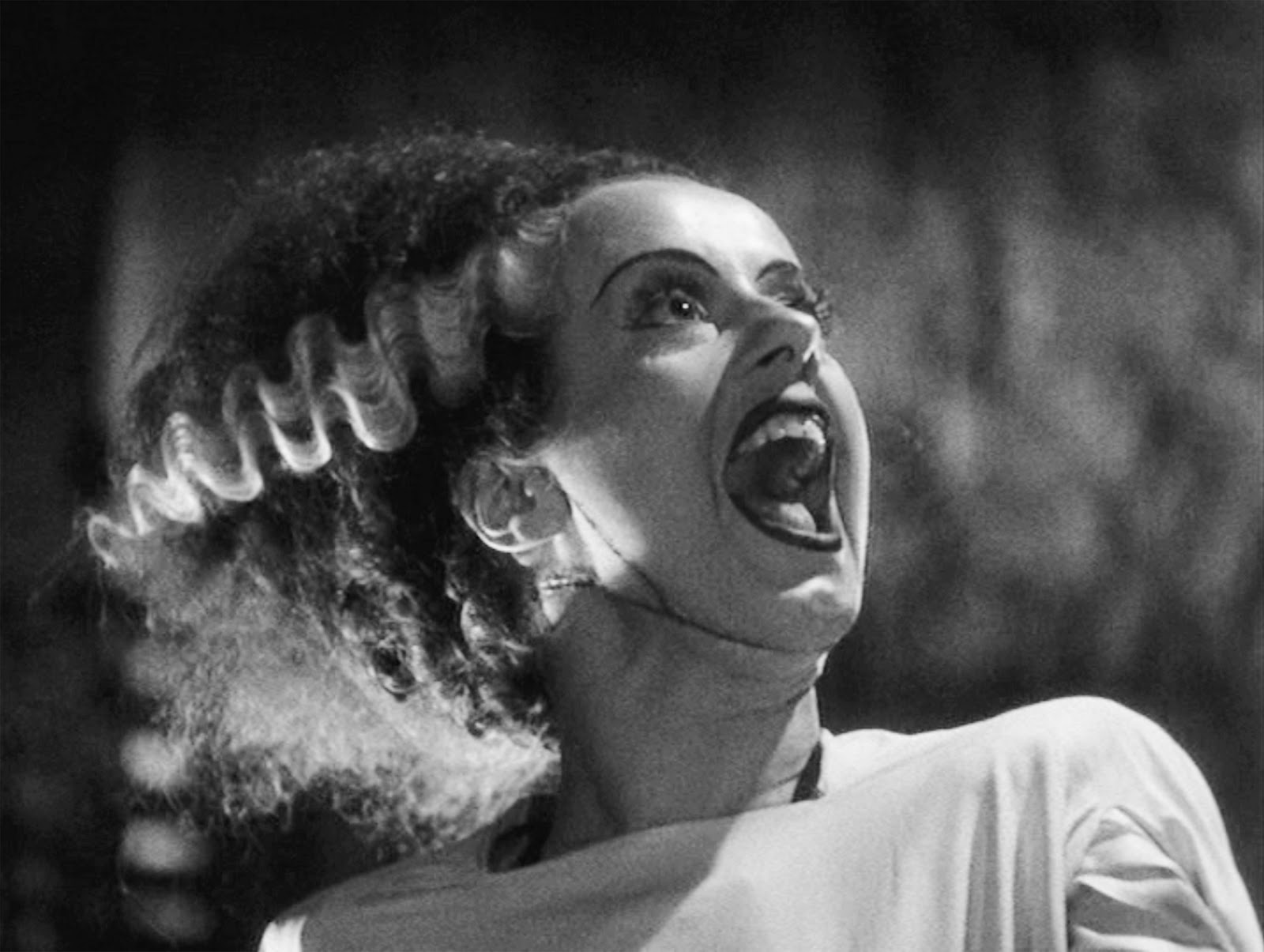 It’s a ridiculous thing, art proselytizing. Who even cares? Bride of Frankenstein doesn’t. In fact, James Whale’s combination of navel-gazing puffery and honest retconned genius actively refuses to play along. That’s one of the reasons that it is one of the greatest films ever made.
It’s a ridiculous thing, art proselytizing. Who even cares? Bride of Frankenstein doesn’t. In fact, James Whale’s combination of navel-gazing puffery and honest retconned genius actively refuses to play along. That’s one of the reasons that it is one of the greatest films ever made.
4 years after the original made Boris Karloff a semi-star for portraying a walking collection of other people’s bodies, tortured and misunderstood for existing in a world that demanded his presence, Bride of Frankenstein appeared. As its title implies, the frame is shifted. In fact, even the now-constant “Frankenstein vs. Frankenstein’s Monster” goofballery gets lampooned: this is in a bunch of ways the story of a doctor, his wife, and a corrupting influence. (It comes as a surprise every time that Elsa Lancaster is hardly in this movie.) Everything comes in threes, like hetero couple and the intruder and their doppelgangers in the form of the Monster, His Bride, and the twinned men who would create them. Anyone expecting a regular monster film will be disappointed.
We open on another set of three: Lord Byron, Shelley, and Mary, adorably bickering and providing the occasion for a flashback, a sort of highlights reel of its predecessor, underscored with purple prose. It’s a costume comedy, pitched at a level of high camp. From its opening moments, Bride announces that we get something different, something almost hostile to the prevailing norm:
Lord Byron: And we three. We elegant three within. I should like to think that an irate Jehovah was pointing those arrows of lightning directly at my head. The unbowed head of George Gordon, Lord Byron. England’s greatest sinner. But I cannot flatter myself to that extent. Possibly those thunders are for our dear Shelley. Heavens applause for England’s greatest poet.
Percy Bysshe Shelley: What of my Mary?
Lord Byron: She’s an angel.
Mary Wollstonecraft Shelley: You think so?
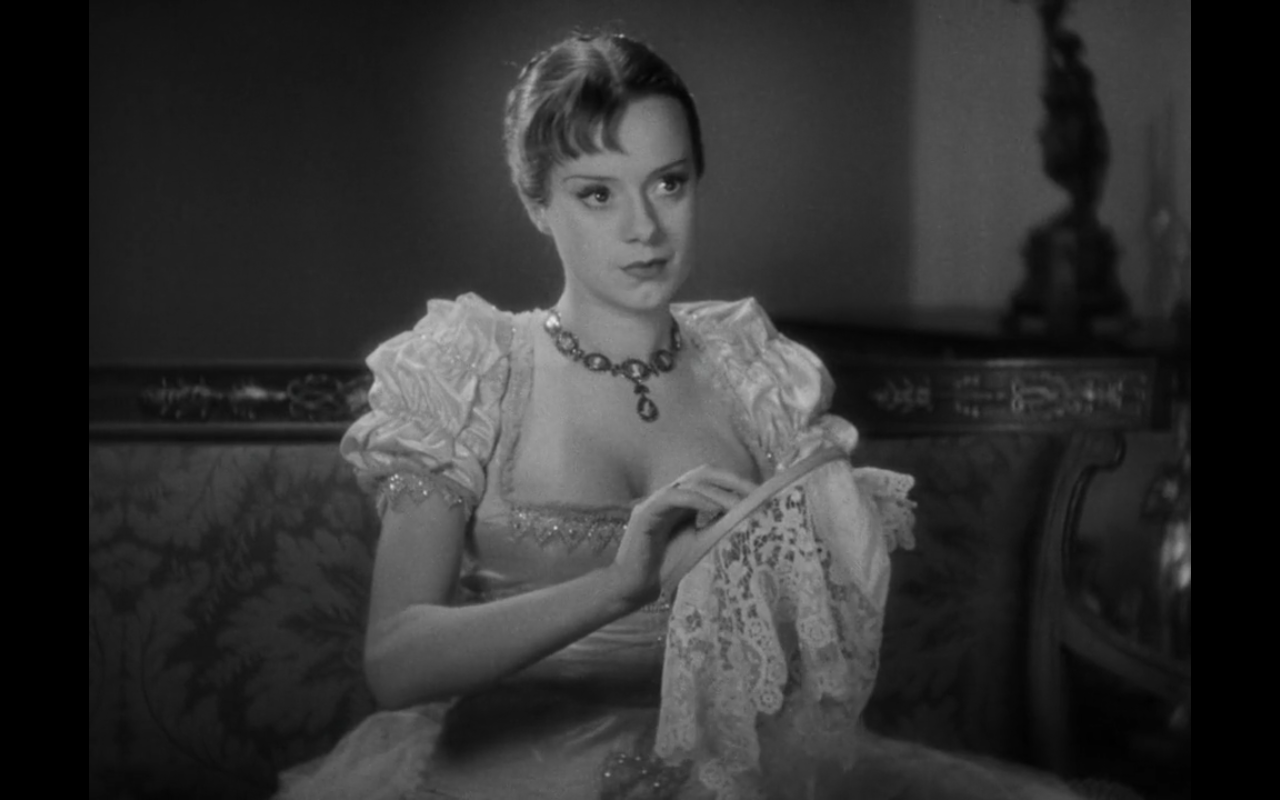 The rest of the film echoes this sentiment. From an entirely incongruous opening we segue into a story about solidarity and difference, run through with as much skepticism about heteronormative coupling as God-like creation. If the first film, and Mary Shelley’s novel for that matter, are about the horrors of reproduction and responsibility, Bride is about the ways in which presumptions about our connection to others fail us, especially connections based in patriarchy. If Frankenstein will present a drowned child, Bride will feature a rescue from drowning. It is an inverse, a mirror-image reflected in broken glass.
The rest of the film echoes this sentiment. From an entirely incongruous opening we segue into a story about solidarity and difference, run through with as much skepticism about heteronormative coupling as God-like creation. If the first film, and Mary Shelley’s novel for that matter, are about the horrors of reproduction and responsibility, Bride is about the ways in which presumptions about our connection to others fail us, especially connections based in patriarchy. If Frankenstein will present a drowned child, Bride will feature a rescue from drowning. It is an inverse, a mirror-image reflected in broken glass.
Gary Morris, who Roger Ebert kind of sneers at in his review before allowing a few of the points, thinks it’s a queer parable. Many others have joined him over the years, and it’s not hard to see why. Bride showcases not just a monster who doesn’t fit in, but a whole range of them, up to and including the corpse-bride fashioned for him by madmen. Yet the happiest moment in the film is when he smokes cigars and drinks whiskey with a blind man.
The monster (Boris Karloff) can be seen as the terrifying “child” of the unholy “marriage” of Pretorius and Henry — Henry the father in giving it life, Pretorius a mother-figure who nurtures it. The monster is society’s paranoid vision of the logical outcome of a homosexual tryst. It is a child in many ways: inchoate, demanding affection and attention, unreasonable and violent when crossed. Like a child, too, his sexuality is unsettled, bisexual, his attentions captured equally by the male hermit and his possible female bride. Henry exhibits an overall revulsion toward his “child,” alternately excited and repulsed by what he has produced; Pretorius is the monster’s more involved, but manipulative, even abusive parent figure — the embodiment of society’s fears of the vast damage the homosexual, nefariously moving into the role of domestic caretaker, teacher of social values and sex-role attributes, is capable of doing.
All of which raises the question: who is this baffling weirdness even for? Fans of monster movies? Sure, and the extended 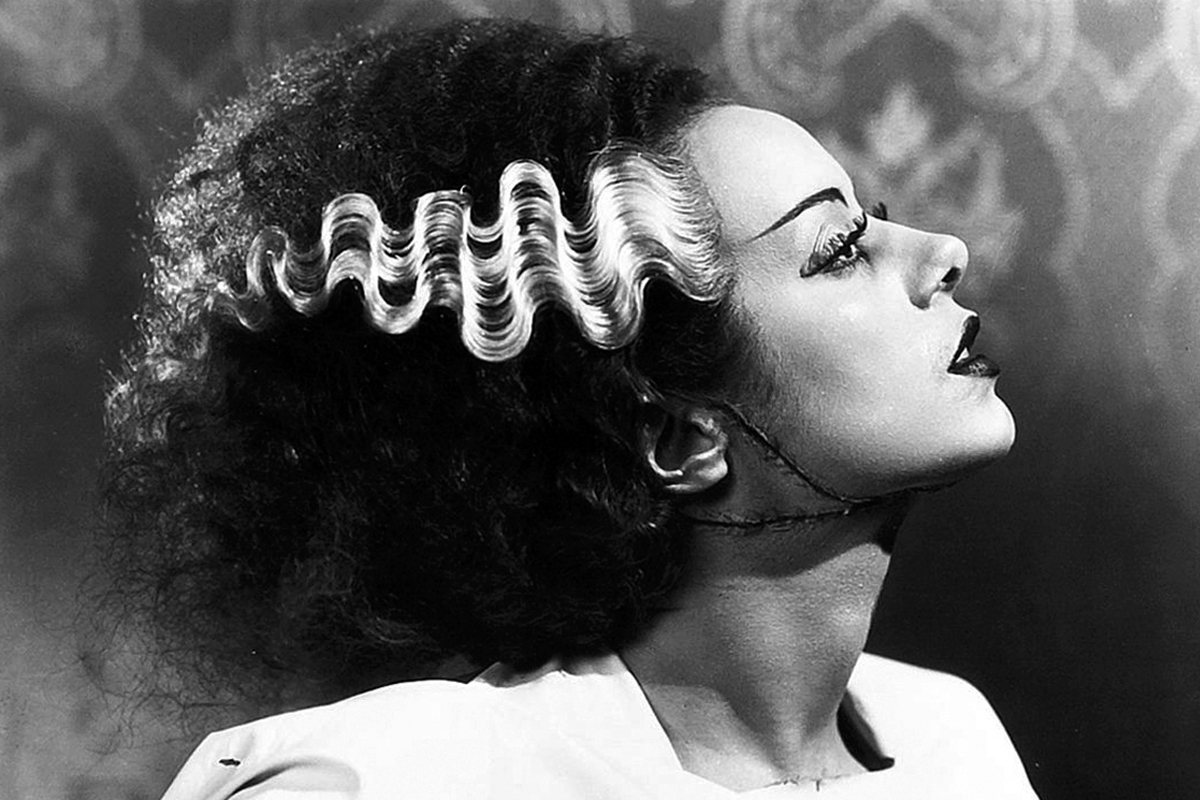 shortlist: queers, freaks, people who don’t fit in, outliers, people skeptical of modern science’s ability to explain our pain, existentialists, revolutionaries, those who find white people in positions of power inherently suspicious, anyone who’s wanted to burn it down, anyone who’s wanted to know more than they do right now, anyone who’s known too much, cinephiles, James Whale enthusiasts, Karina Longworth, Mel Brooks, rooftop architects, fans of Byron or either of the Shelleys, German Expressionism enthusiasts, violin players, suckers.
shortlist: queers, freaks, people who don’t fit in, outliers, people skeptical of modern science’s ability to explain our pain, existentialists, revolutionaries, those who find white people in positions of power inherently suspicious, anyone who’s wanted to burn it down, anyone who’s wanted to know more than they do right now, anyone who’s known too much, cinephiles, James Whale enthusiasts, Karina Longworth, Mel Brooks, rooftop architects, fans of Byron or either of the Shelleys, German Expressionism enthusiasts, violin players, suckers.
In short, weirdos.
Among the Universal monster cycle, Bride of Frankenstein stands alone, because it is guided by an authorial sense that’s both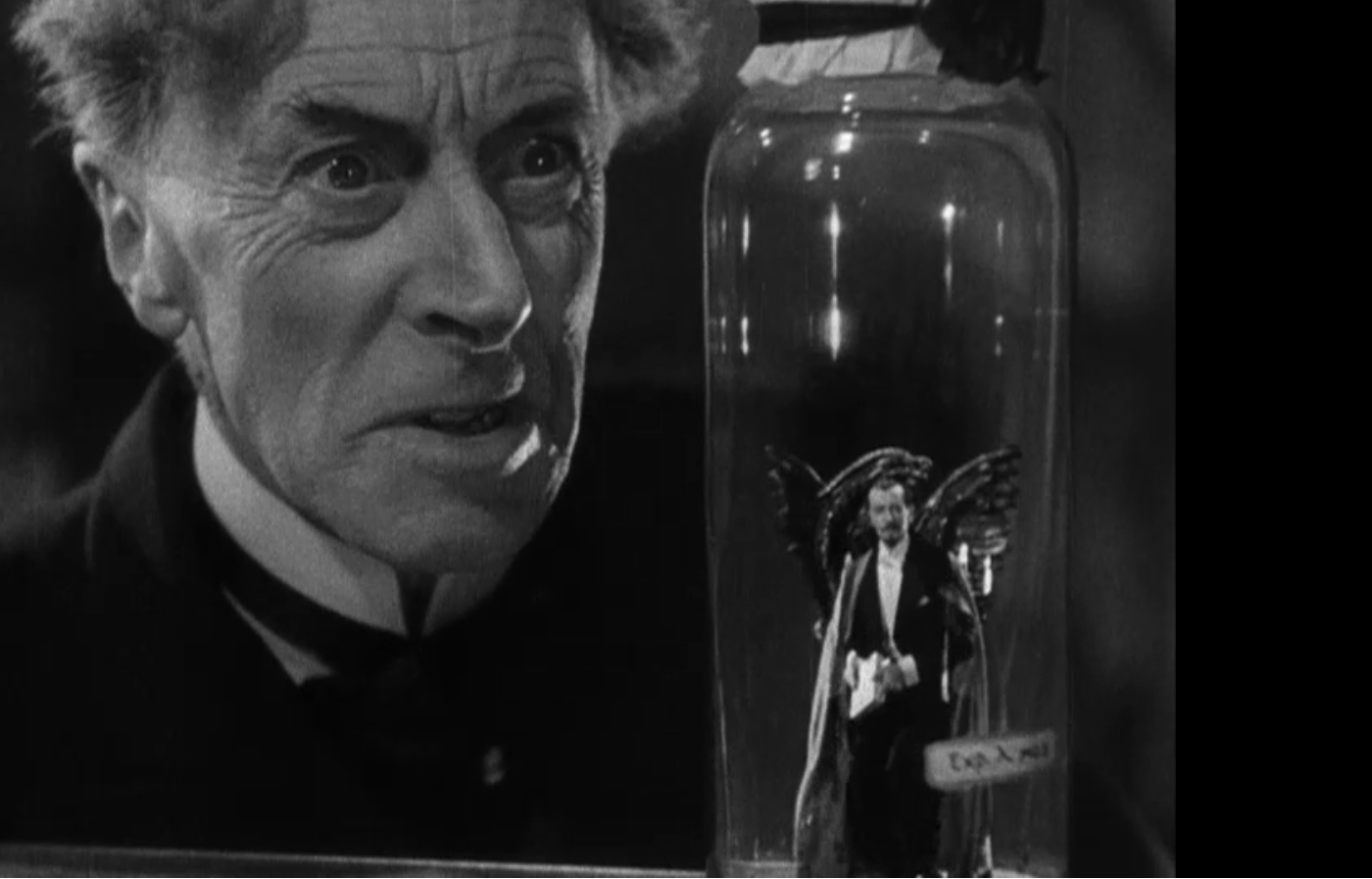 bemused by the material and in thrall to it. It’s a not-so-secret attack on conventional values, masquerading as a horror movie about a big dead guy and his big dead wife. It’s perfect. It is art.
bemused by the material and in thrall to it. It’s a not-so-secret attack on conventional values, masquerading as a horror movie about a big dead guy and his big dead wife. It’s perfect. It is art.
Also, Dr. Pretorius created a tiny royal family who he apparently just keeps in jars for some reason.
Why? I have no idea. Anyways, do y’all want to go watch Bride of Frankenstein?
The genre also encourages visual experimentation. From “The Cabinet of Dr. Caligari” (1919) onward, horror has been a cue for unexpected camera angles, hallucinatory architecture and frankly artificial sets. As mainstream movies have grown steadily more unimaginative and realistic in their visuals, horror has provided a lifeline back to the greater design freedom of the silent era. To see sensational “real” things is not the same as seeing the bizarre, the grotesque, the distorted and the fanciful. There is more sheer shock in a clawed hand unexpectedly emerging from the shadows than in all the effects of “Armageddon,” because “Armageddon” looks realistic and horror taunts us that reality is an illusion.

